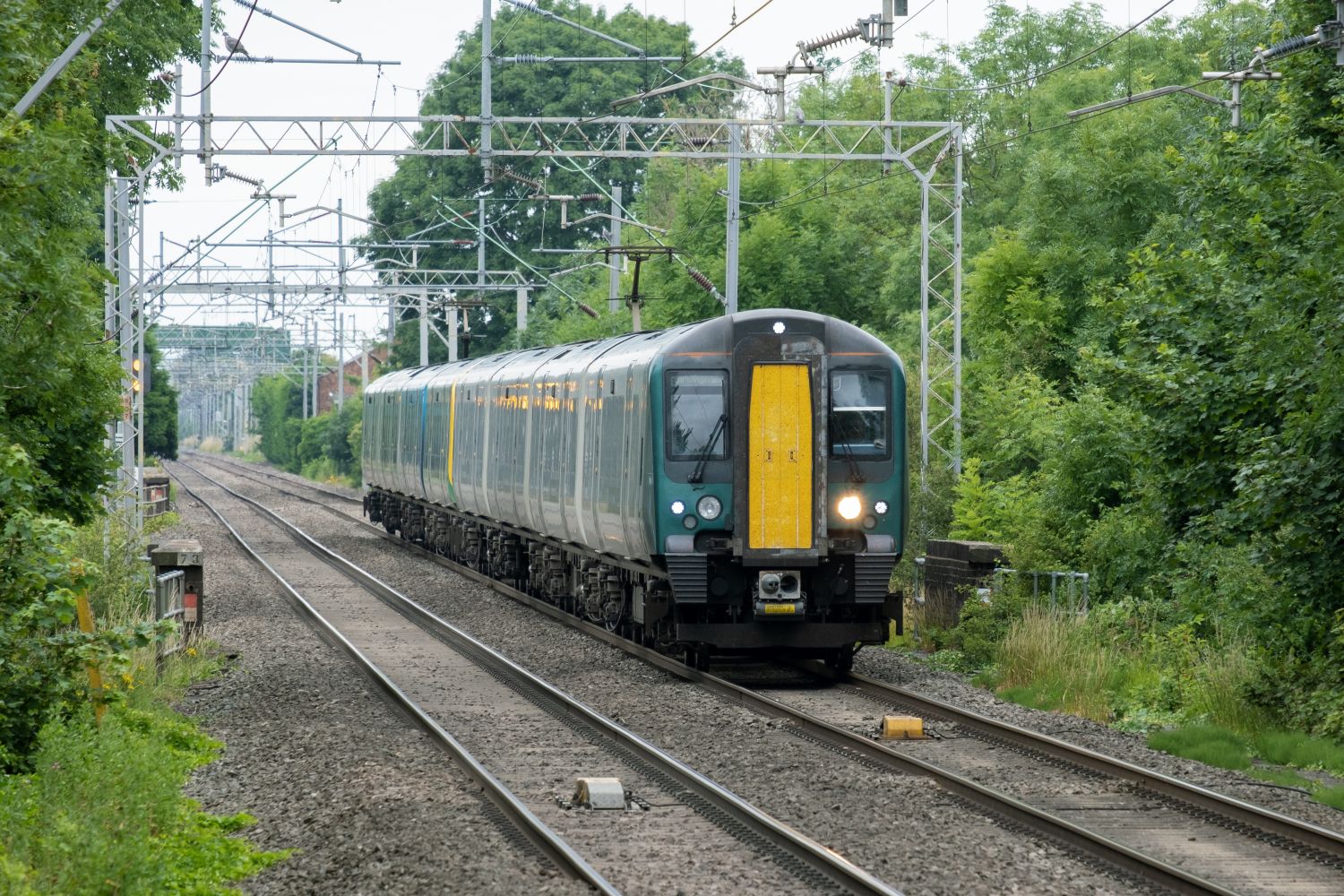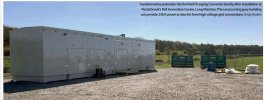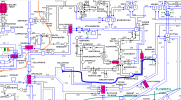Moderator note: Split from
 www.railforums.co.uk
www.railforums.co.uk
There is an interesting article in the latest Modern Railways (I get a paper copy only, not the online subscription, so cannot link the article, apologies) that describes how Siemens has developed a way to significantly reduce the costs of providing power supply for electrified lines, and will also reduce the connection time substantially too.
I am not an electrical engineer, but as I understand it, instead of connecting to the 132kV supply and stepping down to 25kV, it connects to the local Distribution Network Supply (11kV?) and somehow stepping up to 25kV.
The article claims that it could also be used to enhance supply where there is currently electrification but insufficient supply for current and future demands. There's also an article about it here.
 www.webidconsult.com
www.webidconsult.com

 www.ukri.org
www.ukri.org
Seems good news, although I'm conscious that moving to a position where new innovations are deployed on the railways seems to take years, so how quickly we will see any result from this remains to be seen.
MML Electrification: progress updates
There's an article about NR's plans in Rail this week (#765 p54). It seems that work on site will start in April 2015, the contractor being Carillion Powerlines. They will be using road-rail vehicles for the work, not a high-output system. The 125mph design isn't explicitly named but seems...
There is an interesting article in the latest Modern Railways (I get a paper copy only, not the online subscription, so cannot link the article, apologies) that describes how Siemens has developed a way to significantly reduce the costs of providing power supply for electrified lines, and will also reduce the connection time substantially too.
I am not an electrical engineer, but as I understand it, instead of connecting to the 132kV supply and stepping down to 25kV, it connects to the local Distribution Network Supply (11kV?) and somehow stepping up to 25kV.
How are the contents of this structure (the Rail Charging Converter) set to transform the railway though? In simple terms, by making connections to the power grid for electrification quicker and much cheaper, and by enabling rapid charging of battery trains on the move, in addition to while stationary. The implications will be profound.
The article claims that it could also be used to enhance supply where there is currently electrification but insufficient supply for current and future demands. There's also an article about it here.
Siemens RCC: Rail Charging Revolution | The Edge | WeBid Consult
Explore Siemens Mobility's breakthrough Rail Charging Converter, transforming rail electrification with mobile innovation.
 www.webidconsult.com
www.webidconsult.com

Rapid-charging solution to support greater electric train use
Innovative project tackles power supply issues and diesel replacement opportunities with battery charging technology to encourage transitions to electric trains.
The project was created to deliver a novel solution to this charging and power issue. It will enable simple installation of small, low-cost overhead line equipment (OLE) power supplies fed from existing standard local power supply cables, without affecting the power quality for the local area.
Crucially, the novel design of the product is compatible with all standard OLE-powered trains. It aims to accelerate and reduce the cost of decarbonisation of diesel passenger train routes across the UK. The solution also provides an opportunity to undertake safer, more efficient maintenance on tracks outside depots with the overhead line isolated, while the depot continues to prepare trains unaffected.
Power supply generated by the Rail Charging Converter (RCC) technology will be useful where the traditional electricity network has limitations...
Seems good news, although I'm conscious that moving to a position where new innovations are deployed on the railways seems to take years, so how quickly we will see any result from this remains to be seen.
Last edited by a moderator:


